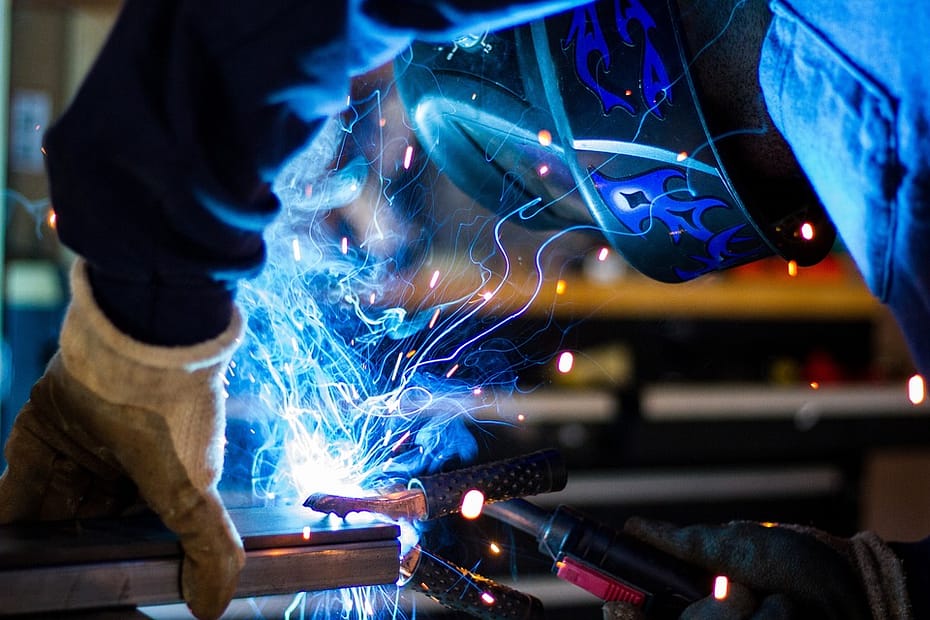While construction dangers are similar to those in other industries, there’re particular challenges that safety professionals and contractors must address.
In the construction business, putting in place a safety and health management system is far more difficult. Low bid processes, temporary workforces, and environmental hazards due to outdoor working scenarios are just a few of the obstacles.
While many factors go into fostering a strong safety culture in the construction industry. There are five key problems that safety professionals and contractors should keep in mind when addressing worker safety.
1. Educate Your Employees
Workers must understand the hazards and risks they face on the working site to perform safely. Given the construction industry’s nomadic workforce, workers may not be as familiar with the work’s processes or possible hazards. Therefore, safety professionals must guarantee that all project personnel has the necessary skills and expertise to accomplish their tasks safely. Contractors and/or safety specialists must ensure that everyone understands common construction dangers and how to avoid them. For example, the OSHA “focal four” of fall hazards, caught-in or between hazards, struck-by hazards, and electrocution hazards.
They must also be aware that conditions change throughout the day, potentially exposing them to new hazards.
Kim Lindgren, CHST, OSHA lead teacher and curriculum creator for construction and maritime, says, “Construction’s a perpetual fluid of change”. “A job site in the morning, an hour later, or at the end of the day, it’s a different site”. As a result, contractors and workers must keep a constant eye on the project site and note any changes that occur.
Contractors might use toolbox lectures to educate their employees. Before a shift, workers have 10- to 15-minute instructional briefings about the dangers related to the jobs they will be performing and how they can reduce those hazards to enable workers to accomplish their responsibilities safely.
2. Keep an eye on the well-being of your employees
In addition to the hazards that construction employees encounter on the job, other perils have surfaced as important challenges in the sector. The construction and excavation industries had the highest suicide incidence among males of all major occupational groupings, according to a 2015 research by the US Centers for Disease Control. Furthermore, according to a 2018 report, nearly 15% of construction workers have addictions to drugs or alcohol.
Protecting construction workers’ safety and health entails more than just avoiding risks on the job. Employee assistance programs, for example, give a confidential place for employees to address personal difficulties. For instance, substance addiction or despair to receive the treatment they require.
3. Be aware of the project
Everyone involved in a project needs a thorough understanding of the work to be done, any requirements that work must meet, and who is responsible for which duties. This is especially important in the construction business, as many sites have contractors from many companies working side by side, and dozens of personnel performing diverse tasks for varying amounts of time.
Contractors, project managers, and safety specialists must be aware of any legislative obligations controlling the work being done in these circumstances. They must be aware of the many groups on their job site and what’s required of them concerning project safety.
“Contractors must be aware of the risks to their safety and health-related with the task they will be executing or managing,” adds Lindgren. “They must also be diligent in identifying site-specific needs, be aware of and comprehend the many authorities with authority, and carry out work not merely to fulfill OSHA rules, but to follow best practices.”
4. Keep in mind the Control Hierarchy
We employ personal protection equipment (PPE) as the first line of defense on construction sites to safeguard workers from risks. Contractors, safety professionals, and workers must remember that the hierarchy of controls begins with the elimination or substitution of hazards, according to Lindgren. These strategies provide the most effective mitigation of dangers to safeguard workers. As a result, should be sought before going down the hierarchy to personal protective equipment (PPE).
“It’s amazing how many people believe that PPE is always the best solution,” she says. “We should only use PPE as a last option.”
Contractors and safety specialists should ensure that personnel has knowledge of every component of the equipment to utilize it appropriately in instances where we require PPE.
“You have to think about whether that individual is trained on every component of that system if you’re providing a harness or a lanyard to a worker,” Lindgren adds.
5. Make Use of Good Safety Management
Whether they call it that or not, many firms have a safety management system in place. It shows itself in the way CEOs think about safety, the quality of training given to employees, and how those employees carry out their duties. Organizations must understand what leads to safety and health success to truly support continuous improvement in occupational safety and health.
When looking for ways to improve safety and health programs, Lindgren advises contractors and safety professionals to look at each of these aspects to see what might be missing or in need of change.
While OSHA provides these principles and a wealth of additional resources for successful safety management; Lindgren emphasizes that contractors should be proactive about safety for reasons other than OSHA compliance. She advises, “You should declare to your followers that you care about them”. “We operate safely because of this, not because OSHA says so.”
Lindgren connects these topics by emphasizing the need for planning for safety and the role of safety experts in that.
“To conduct their tasks safely, workers need both mental and physical tools,” she explains. “We need to give them the tools they need to work with the company’s safety and health management system. We have a responsibility to defend our employees, whether we have two or 2,000.”
Read more on INJ Architects:

